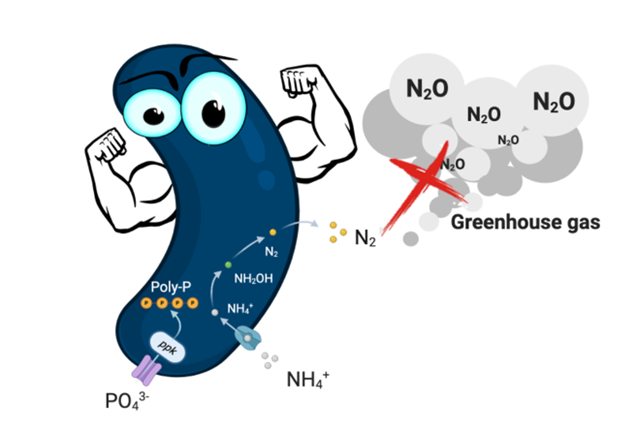-
-
- Bridging Scales from Below: The Role of Heterogeneities in the Global Water and Carbon Budgets
- Increasing Occurrences of Cyanobacterial Blooms Driven by Climate Change Factors
- Carbon Capture and Utilization
- Integrated Coastal-Inland Flood Model for Climate Change
- Pathways for Sustainable and Climate-Resilient Planning of Water-Energy-Food Security Nexus
-
- Air Quality and Health: A Paradigm Shift
- Surface Water Quality and Emerging Contaminants
- Microbial detoxification of persistent organohalide pollutants (POPs)
- Nutrients Removal in Waterbodies via Sustainable Pathways
- Centre for Water Research (CWR) researchers join their forces with U of T researchers for microplastics pollution detection and control in water and wastewater
- Dealing with Hard-To-Treat Industrial Wastewater
- Valorization of Bioresources – Towards a Circular Economy
-
- Intelligent Traffic Diffusion Plan Generation, Effective Assessment and Dissemination Strategies
- Transforming Waste into Resources for Infrastructural Development
- Look-Ahead Integrated Geophysical Investigation System (IGIS) for Singapore Tunnels
- Next-Generation Airport Pavements with Full-Scale Instrumented Testing
-
- Centre for Advanced Materials and Structures
- Centre for Hazards Research
- Centre for Resilient Underground Infrastructure and Engineering (CRUISE)
- Centre for Transportation Research
- Centre for Water Research
- Centre for Resource Circularity and Resilience (CR)2
- Centre for Offshore Research and Engineering (CORE)
- Centre for Environmental Resilience
- Safety & Health Committee
- Completed Research Projects
- Research Brief
- Achievements (in the media)
Nutrients Removal in Waterbodies via Sustainable Pathways
Simultaneous nitrification and denitrification (SND) bacteria can remove nitrogen in a single reactor, ostensibly eliminating the need for two separate reactors and allowing for reduced operational expense in treating waterbodies. To develop biotechnologies for advanced nutrient removal in domestic wastewater, industrial wastewater and costal marine farm wastewater, we tried to identity cultures capable of SND and phosphorus removal, which could lead to less energy consumption and reduced greenhouse gas emissions. These cultures can then be employed in diverse wastewater in an easy- and green manner.
The project describes novel bacteria capable of removing both fixed nitrogen and phosphorus in a single step (), which could lead to less energy consumption and reduced greenhouse gas emissions from wastewater treatment processes (treatment of municipal, industrial and coastal marine fish farm wastewaters), facilitating treatment process to achieve energy neutrality. Compared to conventional nitrogen removal (nitrification and denitrification), our discovery can save 62.5% electricity due to lower oxygen demand. This discovery presents an even greater opportunity for the next generation of wastewater treatment technologies towards more sustainable, energy- and cost- saving processes, while meeting treatment targets.
- Remove nutrients in a more effective manner to build a resource-efficient process.
- Eliminate the need for separate reactors to save land to build a sustainable city.
- Limit greenhouse gas emissions by reducing total nitrous oxide production to build a climate-resilient nation.

visual illustration of strain SND5 capable of simultaneous N and P removal via a novel pathway
For more details, please contact:
Prof He Jianzhong
Email: ceehj@nus.edu.sg

